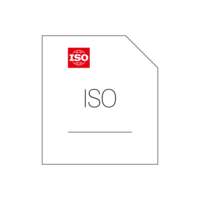ISO 10399:2017
Ausgabedatum: 2017 12 07
Sensory analysis — Methodology — Duo-trio test
ISO 10399:2017 specifies a procedure for determining whether a perceptible sensory difference or similarity exists between samples of two products. The method is a forced-choice procedure. The method is applicable whether a difference exists in a single sensory attribute or in several attributes.
The method is statistically less efficient than the triangle test (described in ISO 4120) but is easier to perform by the assessors.
The method is applicable even when the nature of the difference is unknown (i.e. it determines neither the size nor the direction of difference between samples, nor is there any indication of the attribute(s) responsible for the difference). The method is applicable only if the products are fairly homogeneous.
The method is effective for
a) determining that
- either a perceptible difference results (duo-trio testing for difference), or
- a perceptible difference does not result (duo-trio testing for similarity) when, for example, a change is made in ingredients, processing, packaging, handling or storage, and
b) for selecting, training and monitoring assessors.
Two forms of the method are described:
- the constant-reference technique, used when one product is familiar to the assessors (e.g. a sample from regular production);
- the balanced-reference technique, used when one product is not more familiar than the other.


